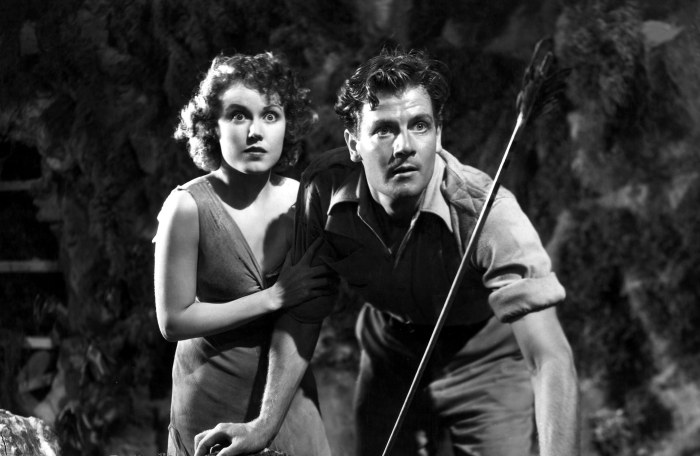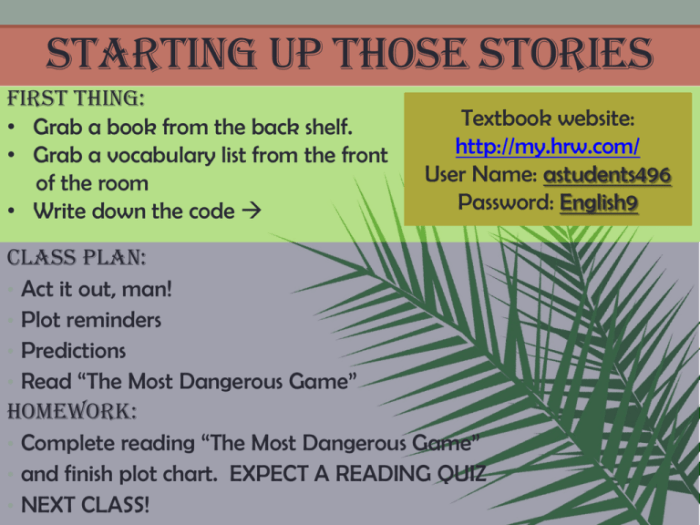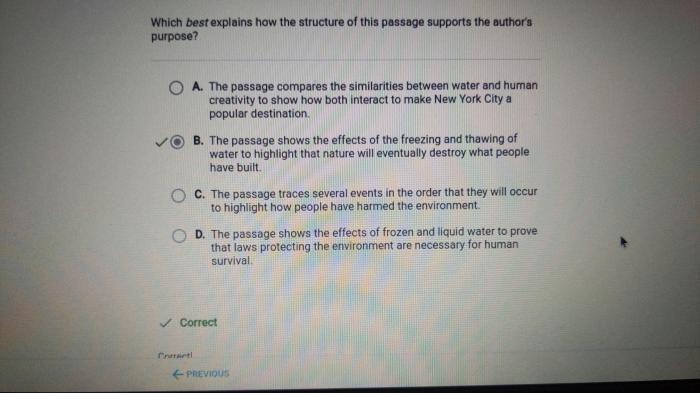Annotating the most dangerous game – Embark on an enriching journey of annotating “The Most Dangerous Game,” a captivating novella by Richard Connell. Delving into this literary masterpiece, we unveil the significance of annotation in unlocking profound insights and fostering a deeper appreciation for its intricate elements.
Through meticulous annotation, we embark on a quest to decipher the novella’s multifaceted characters, explore its evocative setting, unravel its intricate plot, uncover its profound themes, and decipher its symbolic undercurrents. Each annotation serves as a beacon, illuminating the literary landscape and guiding our understanding of Connell’s masterful storytelling.
Introduction to Annotating “The Most Dangerous Game”

Richard Connell’s novella “The Most Dangerous Game” is a gripping tale of survival and the extremes of human nature. Annotating this work allows readers to delve deeper into its literary elements, uncover hidden meanings, and enhance their understanding of the story.
Annotation is the process of adding notes, comments, or explanations to a text. By annotating “The Most Dangerous Game,” readers can identify key literary elements, analyze the author’s craft, and develop their own interpretations.
Key Elements to Annotate, Annotating the most dangerous game
To effectively annotate “The Most Dangerous Game,” readers should focus on key literary elements:
- Characterization:Analyze the development and motivations of the main characters, Rainsford and Zaroff.
- Setting:Examine the significance of the remote island setting and its impact on the characters.
- Plot:Track the events of the story, paying attention to foreshadowing, suspense, and irony.
- Theme:Identify the central ideas and messages conveyed through the story, such as the nature of good and evil.
- Symbolism:Explore the use of symbols, such as the island itself, the hunt, and the jaguar.
Annotation Techniques
Various annotation techniques can be employed to analyze “The Most Dangerous Game”:
- Marginal notes:Write brief notes in the margins of the text to record thoughts, questions, or observations.
- Underlining:Highlight key passages or phrases that are significant or thought-provoking.
- Highlighting:Use different colors to mark different elements, such as character dialogue, setting descriptions, or plot developments.
- Color-coding:Assign specific colors to different literary elements, such as red for characterization, blue for setting, etc.
- Symbol creation:Develop a system of symbols to represent recurring themes or concepts in the story.
Annotating for Specific Literary Concepts
Annotation can also be used to explore specific literary concepts:
- Point of view:Identify the narrator’s perspective and how it shapes the story.
- Irony:Note instances of irony, such as Rainsford’s transformation from hunter to hunted.
- Foreshadowing:Mark passages that hint at future events or foreshadow the story’s outcome.
- Suspense:Analyze how Connell builds tension and keeps readers on the edge of their seats.
Creating an Annotated Edition
Creating an annotated edition of “The Most Dangerous Game” involves:
- Selecting a text:Choose a reliable edition of the novella with ample space for annotations.
- Planning the annotations:Determine the literary elements and concepts to focus on.
- Writing the annotations:Craft concise, informative notes that provide insights and analysis.
- Formatting the annotated edition:Organize the annotations clearly and consistently throughout the text.
Using Annotations for Literary Analysis
Annotations can enhance literary analysis by:
- Identifying patterns and themes:Annotations help readers identify recurring motifs and explore the story’s underlying themes.
- Developing interpretations:Annotations provide a foundation for developing original interpretations and insights into the story.
- Supporting arguments:Annotations can serve as evidence to support claims made in literary analysis essays or discussions.
Clarifying Questions: Annotating The Most Dangerous Game
What are the key elements to annotate in “The Most Dangerous Game”?
Key elements include characterization, setting, plot, theme, and symbolism, each offering valuable insights into Connell’s literary craftsmanship.
How can annotations enhance literary analysis?
Annotations facilitate pattern recognition, interpretation development, and argument support, providing a solid foundation for insightful literary analysis.

